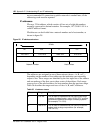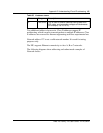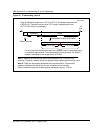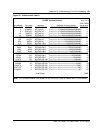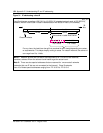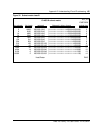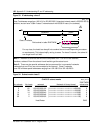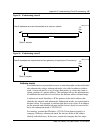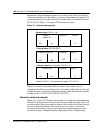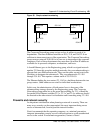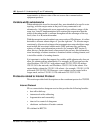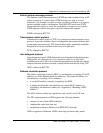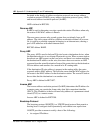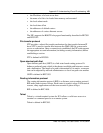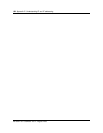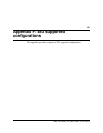
158 Appendix E: Understanding IP and IP addressing
297-8991-910 Standard 03.01 August 1999
departments. Each department expects to use fewer than 254 host addresses,
so the entire third byte of the address is chosen for the subnetwork number. To
reserve the third byte for the subnetwork number, they use subnetwork mask
255.255.255.0. Figure 37 on page 158 illustrates this point.
Figure 37 Address mask example
There is no official requirement that the subnet mask consist only of
contiguous bits. However, in the presence of variable width subnetworks, non-
contiguous masks can lead to ambiguous routing when subnet masks partially
overlap (such as 255.255.255.0 and 255.255.0.255).
Network numbering example
Figure 38 on page 159 illustrates an example of a simple network numbering
scheme for an organization that performs all networking internally. Since, for
security reasons, they never expect to attach to the outside world, they use their
own set of network numbers. The network has two routers: one for the
Corporate Networking group to interconnect non-engineering users, and a
second for a large, computer-intensive department, such as Engineering.
Subnet ID Host ID
+ Subnet mask (255.255.255.0)
Subnet ID Host ID
Class B net
= Subnet network (for example, 133.101.1.0)
Class B
network ID
Network node (133.101.1.8)
133 101 8
Subnet ID Host ID
Class B network ID
255
133
1
255
101
255 0
1
0
Network 133.101.1.0 is a subnet of network 131.101.0.0.



